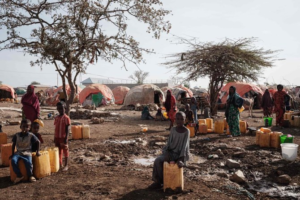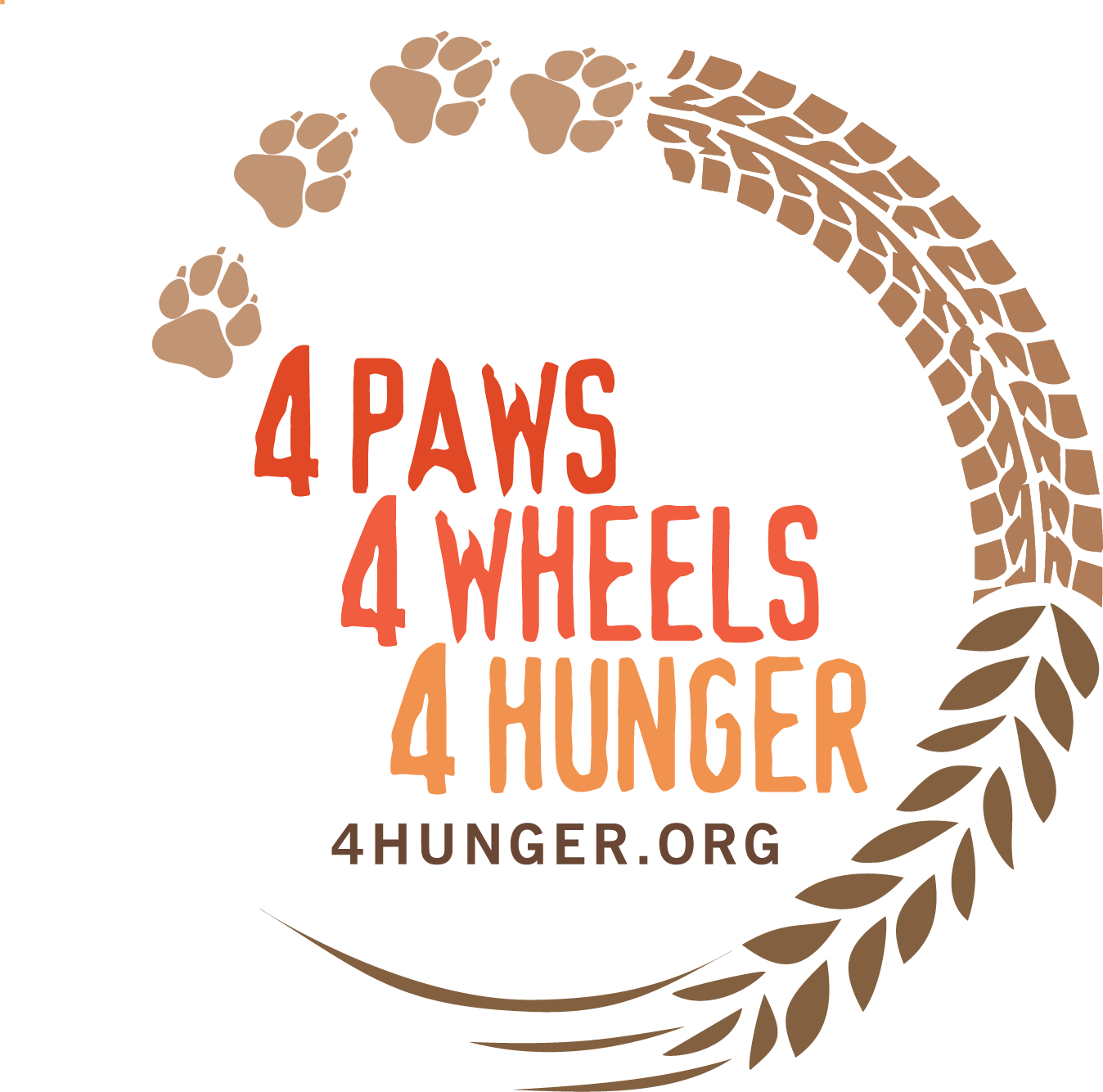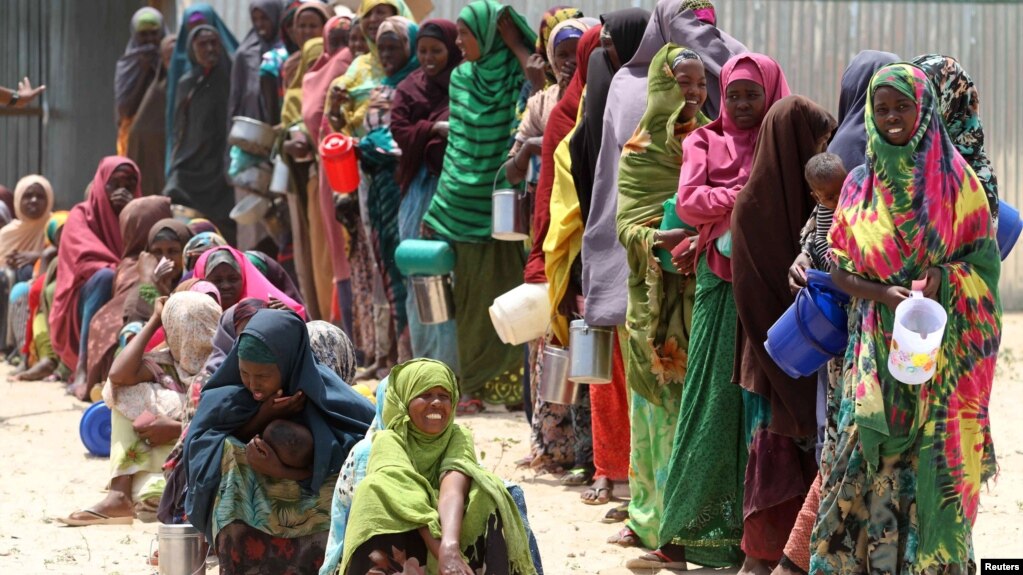The time for a dedicated stream of humanitarian funding to respond to climate driven natural disasters is now.
The head of the UN’s Office for the Coordination of Humanitarian Affairs (OCHA), said that “famine was at the door” and was likely to occur in south-central Somalia between October and December this year. “The drought, the worst in four decades, driven by climate change, is forecast to continue.

Consecutive years of below-average rainfall in the Horn of Africa have created one of the worst climate-related emergencies of the past 40 years. The protracted drought is forcing families to leave their homes in search of food and water, putting their health, safety and education at risk. The drought has killed millions of livestock, destroyed crops and is giving people no choice but to migrate to find help.

More than 1 million people in Somalia are homeless from the worst drought in decades. The drought is also causing starvation in Ethiopia, Dijibuti and Kenya.

The World Food Programme has said 22 million people: as many people as live in the 7 largest cities in America: New York City, Los Angeles, Chicago, Houston, Phoenix, Philadelphia, and San Antonio; are at risk of starvation.
But funds are slow in coming, with Russia’s invasion of Ukraine among other crises drawing attention and money from the disaster in the Horn. Russia’s invasion also sent global food and fuel prices soaring, making aid delivery more expensive.

And now another natural disaster has struck Pakistan where monsoons 600 times as intense as normal flooded one third of the country. Humanitarian response was slow to materialize, with western media not even reporting it was happening until the magnitude of the crisis forced them to. The flooding in Pakistan has as of now killed 1300 and devastated one third of the country. It finally made western headlines and is attracting aid that is needed to respond to this historic disaster.

While it is good that Pakistan is starting to get the aid and attention it deserves, that funding might have gone to the drought in the horn of Africa. But the drought is old news… Funding requests have raised only a small percentage of the aid needed to address this crisis.
Natural disasters used to come at a slow enough pace so when they happened, humanitarian organizations used to be able to raise funds and deploy the resources needed to respond to the crisis. Climate change now makes one disaster overlap with another. Humanitarian organizations are overwhelmed and donors have empathy fatigue. People in need are left to fend for themselves or die!
There needs to be a permanent stream of humanitarian funding from the major greenhouse gas contributors, so money available when needed and humanitarian organizations can respond to disasters when they happen with the resources that they need, no matter whether the disaster is in Europe, the Americas, Asia or Africa.


 Climate change does not act in isolation, it compounds food shortages from the pandemic and the war in Ukraine, and makes risks increasingly complex and difficult to manage. Climate change is affecting agricultural productivity in many different ways. Climate change causes increases in mean and extreme temperatures, alters rain and snow amounts, changes the intensity and timing monsoons and storms .
Climate change does not act in isolation, it compounds food shortages from the pandemic and the war in Ukraine, and makes risks increasingly complex and difficult to manage. Climate change is affecting agricultural productivity in many different ways. Climate change causes increases in mean and extreme temperatures, alters rain and snow amounts, changes the intensity and timing monsoons and storms .

